The digital copilot that uses predictive analytics to increase flight safety
In 1969, the National Transportation Safety Board recognized the importance of checklist use and its critical role in the safety of flight operations following a Pan American World Airways B-707 crash after a no-flap takeoff. Unfortunately, it took another 18 years and another major accident before the Safety Board recognized that human error was a major issue in checklist display and procedures. This factor is still there.
Challenge
Single-pilot operations are different from dual-pilot operations because pilots have to fly and run through the checklists all by themselves. That’s an incredible amount of work to do for one person, and it can be overwhelming.
Pilots often get bogged down with flight tasks and forget to execute checklists or fail to go through them meticulously when running out of time.
Task saturation has led to a substantial number of accidents and incidents. That’s one of the reasons why dual-pilot operations are inherently safer.
We designed Aviobotum to alleviate the “multitasking” problem in single-pilot and increase safety margin in single-pilot operations.
Product overview
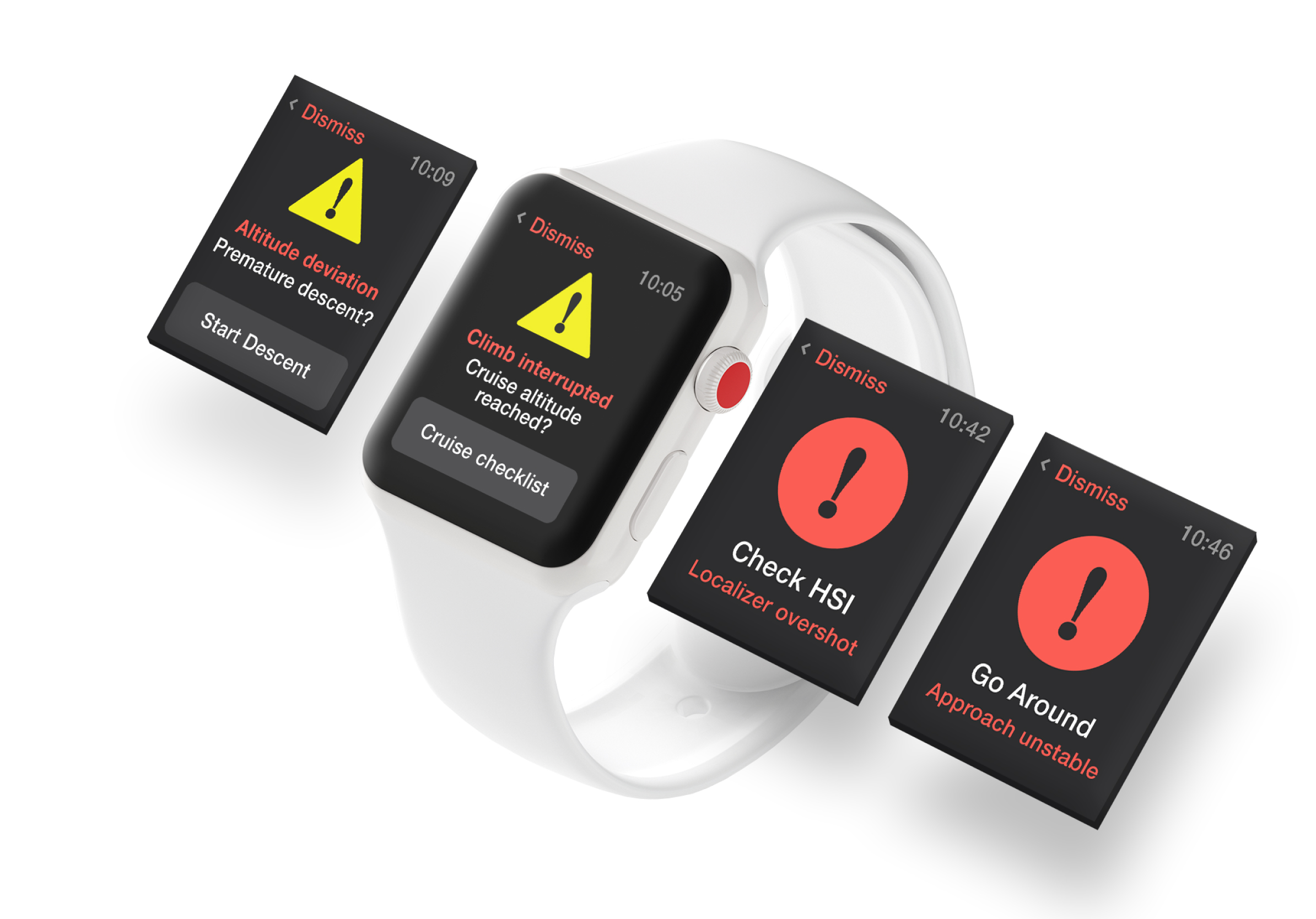
Aviobotum is digital copilot software for single-pilot operations.
It runs continuously on a computer (smartphone, tablet) or, as an alternative, in panel-mounted avionics in a cockpit and takes on the duties of the pilot monitoring (PM).
It analyzes sensor data (position, altitude, acceleration, etc.), determines flight phase changes, and automatically calls for execution of relevant checklists aurally (with the help of text-to-speech or pre-recorded voice) and visually (on the screen). In addition, it warns the pilot if the flight parameters exceed those acceptable for the current phase of flight.
Key features
Automated, airline-style takeoff and approach briefings so that the pilot does not get distracted by accessing the approach database and reading the chart.
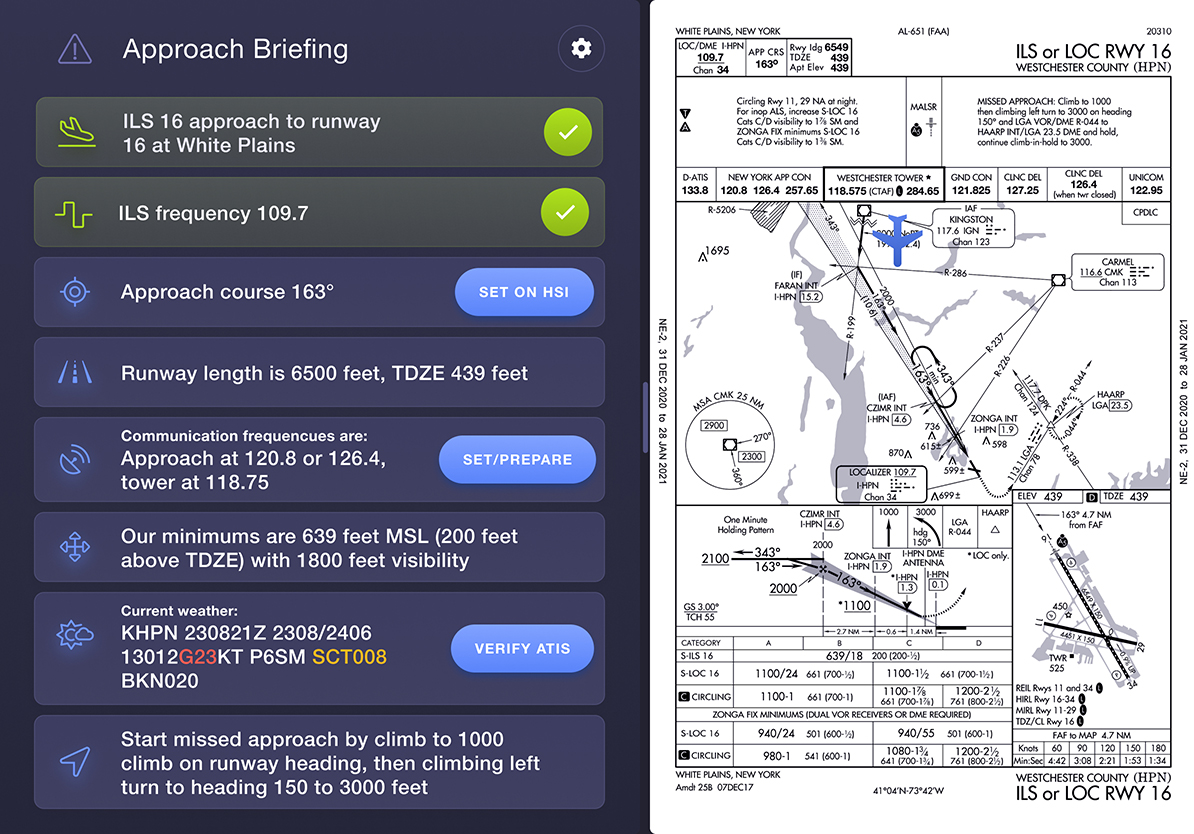
Continuous, real-time tracking of sensor parameters (GPS, accelerometers, barometers).
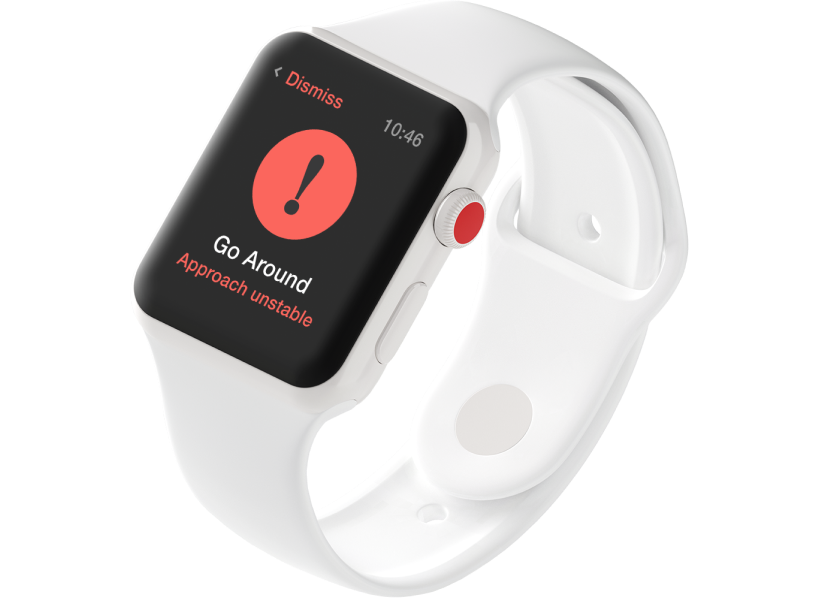
AI-driven analysis of those parameters to detect a flight phase change and announce a checklist to the pilot.
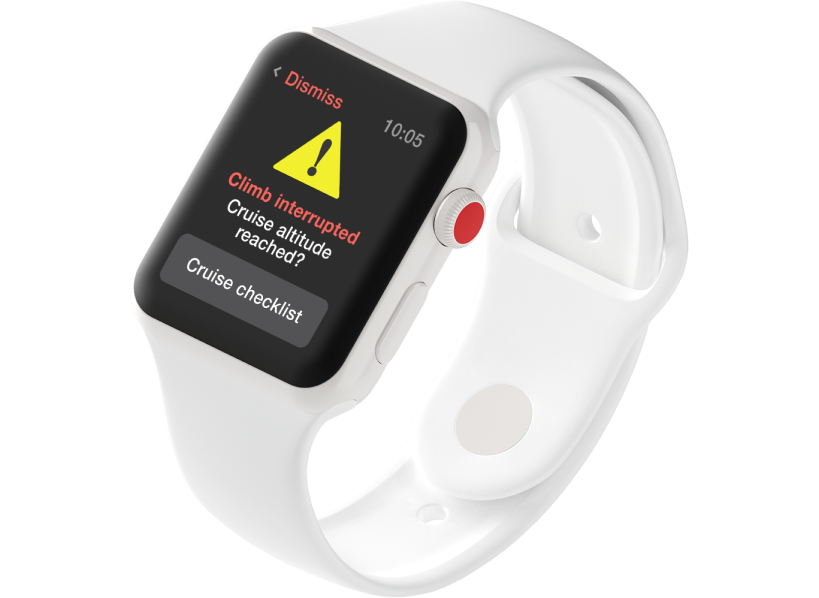
Monitoring of the microphone for an aural confirmation (such as “Next,” “Yes,” “Done,” or any other sound) that the pilot has completed a checklist item and can proceed to the next one.

Warning the pilot if specific parameters are exceeded (overshooting altitude, descending below the MSA of an approach sector, or the minimum altitude of a published instrument approach segment, etc.).
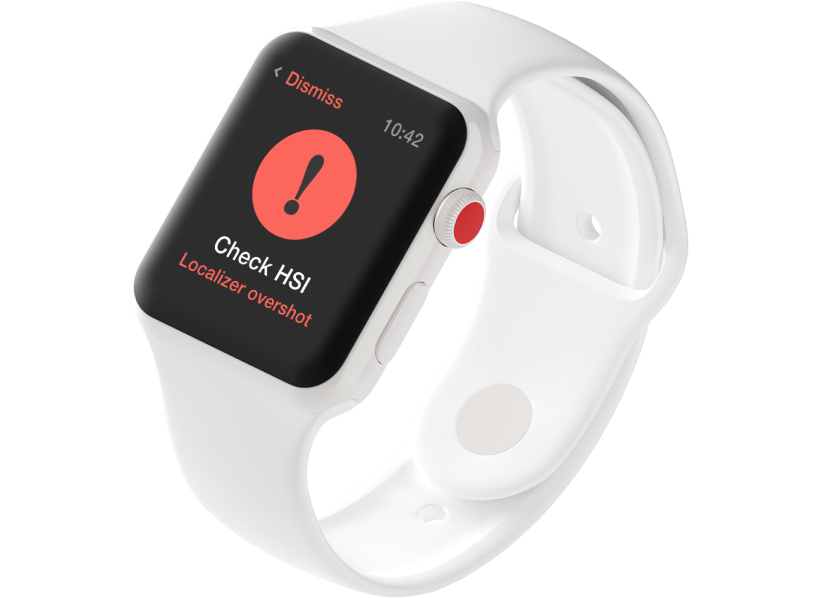


Benefits
- Timely and complete execution of all checklists
- The increased margin of safety with intelligent monitoring of flight parameters
- Reduced stress of task saturation
- Improved concentration during hand flying
Sample approach briefing


This product is utilizing the following technologies:

